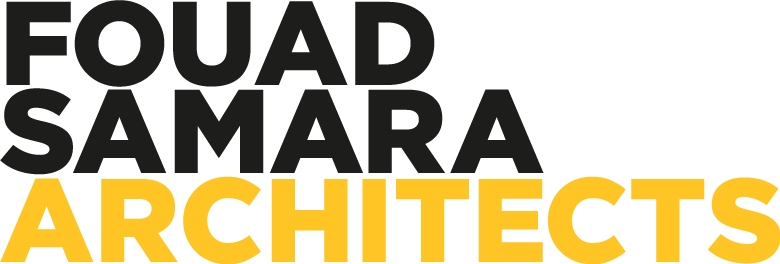Jad Abi Fadel
Jeddah features an arid climate under Koppen’s* climate classification, in the architecture of the building mentioned above; this primarily entails the creation of a cool space without consuming huge quantities of energy. The issue of energy efficiency is often viewed from a very narrow perspective. For example, windows are made smaller or solar shading glass with a very low level of transmittance is used to reduce the amount of energy required for heating and cooling. But the fact that this can increase the amount of energy required for artificial light and therefore the overall amount of energy consumed is often forgotten.
In addressing those constraints, and in responding to both client brief and our aim to create an environmentally conscious building to meet LEED standards, all services are stacked along the southern wall. The east and west walls are almost blind with vertical openings skewed to let in reflected light but not the direct harsh east and west sunlight.
In the Corporate Head Office building the strategy was to use glass on 100% of the north façade, thus optimizing the light quality. The glazing is treated with vertical Teflon coated sail-like baffles stretched to shelter from the east and west direct sunlight in the early hours of the morning and the late afternoon hand while providing a more defined interior space for users. In fact, the use of the fabric louvers, as external shading, reduces cooling loads as well as glare, and it increases occupant comfort.
